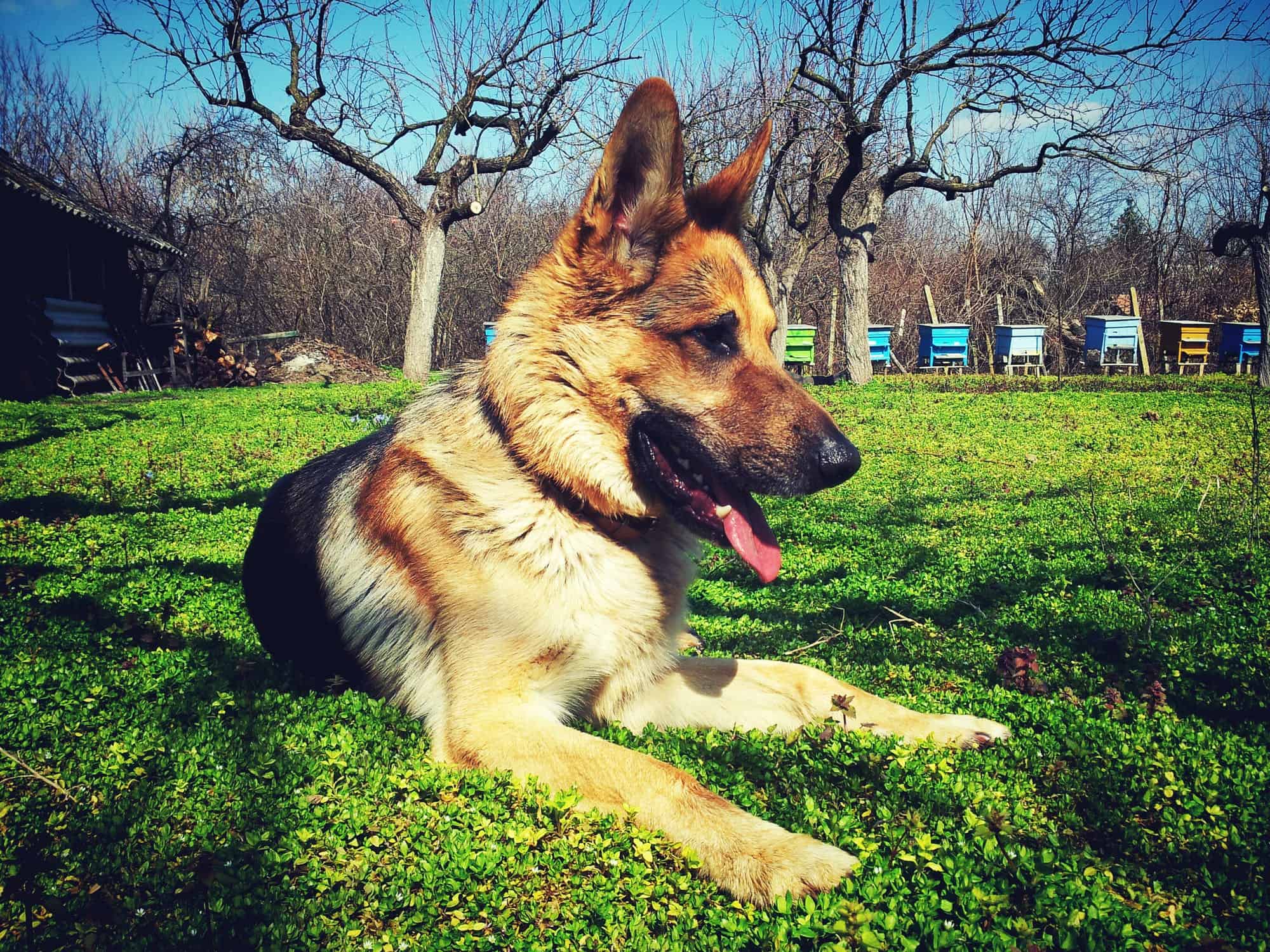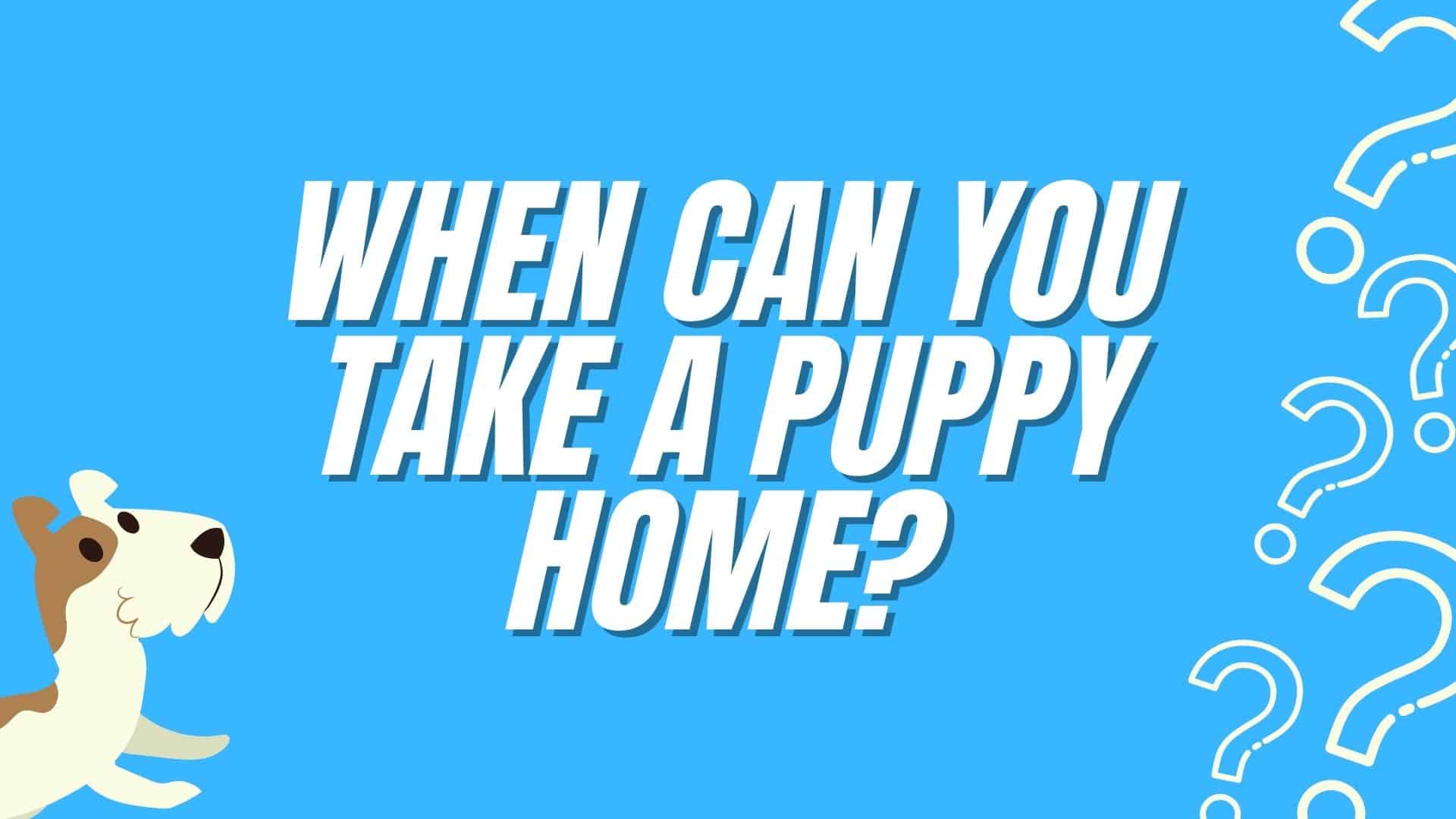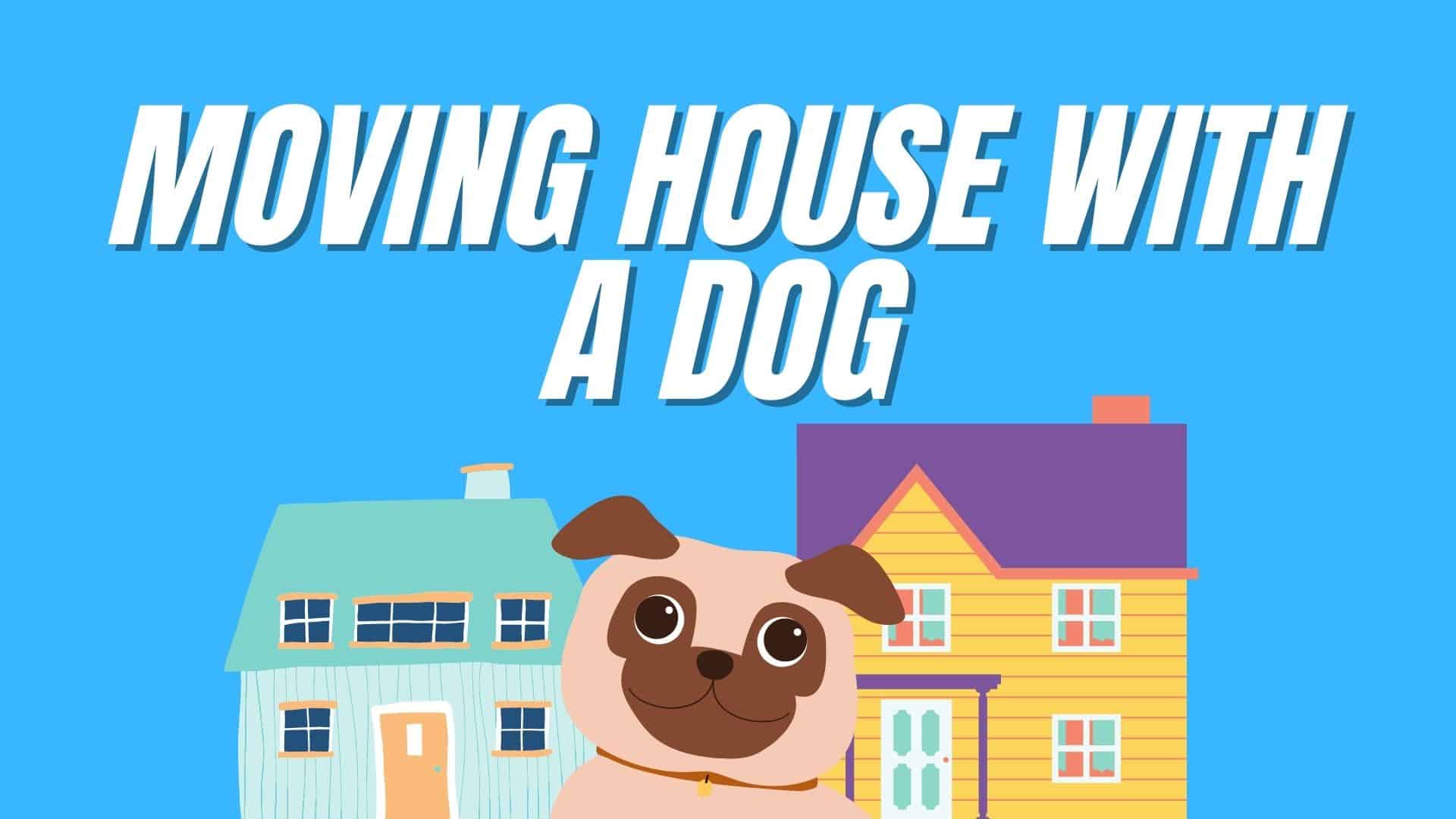All any new dog owner wants when bringing a puppy home is for them to settle with as little anxiety as possible and to live a long and happy life, right?
Unfortunately, many new owners are ill-prepared when they adopt a dog. Perhaps they are misinformed about health care, offer inconsistent training, or neglect breed-specific diets. Any one of these can result in a pet with poor health or negative behaviors which can make for a miserable relationship.
Fortunately, a little preparation and understanding can help ensure your puppy is healthy and that you are both happy together.

Prioritise Your Puppy’s Health
In the UK, new legislation has been introduced so that breeders are given a star rating system so customers can easily understand how responsible they are. Meanwhile, in the USA, states are increasingly imposing the need for licenses by professional breeders and kennels. This is good news for potential dog owners as it means it is easier to adopt a dog from a reputable source.
However, not all breeders need to be licensed. Consequently, some breeders, through ignorance or laziness, fail to ensure any puppies receive the necessary medical attention they need early on, while others deliberately avoid telling potential buyers about any pre-existing or breed-specific medical conditions. This can result in a new owner with a dog that suffers from conditions which can be expensive and/or require huge amounts of care; both of which can disrupt your life, your home and, if you are unprepared, leave your dog miserable.
Any adoption, whether from a licensed seller or not, should include your new dog’s medical history, where you can easily see if your dog has any pre-existing conditions, allowing you to make an informed and responsible choice.
That being said, the first thing any new owner should do is visit the local vet. Show them your dog’s medical history, complete a full health check-up, and take the opportunity to get your dog microchipped, too (it’s free, painless, and is the best way to ensure your dog find his or her way back to you if they ever get lost).
Also, take the opportunity to ask about any breed-specific needs, including dietary and exercise requirements. And book your dog’s vaccinations as soon as possible. The more you ensure your puppy has a healthy start to life, the better chance they have of staying fit long-term.

Respond to Your Puppy’s Needs
The first time your dog will truly try to communicate with you is when you bring them home for the first time. Being separated from their mother and brought into a strange home is a traumatic experience for a young puppy, so whining at night is common and natural. Rather than shutting your dog away in a part of the home where you won’t hear their crying, keep them close and comfort them when they need it. Before long, they will learn that you are their new primary caregiver and that they can sleep soundly in their new home.
While whining and barking are common sounds, dogs primarily use body language to convey their emotions. A happy dog will wag his or her tail, encourage play and have relaxed facial features and ears, while an anxious or fearful dog will tuck their tail between their legs and try to avoid eye contact with whatever is bothering them. Learn what makes your dog anxious so you are able to respond to their needs, keep them happy, and prevent them from becoming aggressive.
Encourage Good Habits
Dogs crave to know the rules of their environment. If you don’t take on the part of leader early, your dog will think that role belongs to them, making it harder to train them later in life. Start training them early and impose boundaries from the beginning, so your dog can be happy in an environment where the rules are consistent.
Equally important to training is to socialize your puppy. Once your vet has given the okay to take your puppy into public spaces—usually around 14-16 weeks—take advantage of this by going to a popular dog walking spot. Encourage your puppy to interact with other dogs of all ages and breeds so that they learn how to engage with other dogs.
Specifically, socializing your puppy is a great training tool to teach boundaries. Puppies often get a bit over excited with other dogs at first, and adult dogs will offer a warning bark to put them in their place. This may seem scary, but it will actually train your dog not to play too rough with other dogs, people or children later in life.
Feed Your Puppy a Healthy and Regular Diet
Finally, for a dog to be happy and healthy, James Wellbeloved advise that they must eat a regular diet that is appropriate to their age, breed, and size. It is not uncommon for owners, in their quest to make their dog happy, to overfeed them treats or table scraps. Not only can this lead to bad habits, but it is disruptive to their diet, can cause health issues, and some human foods are toxic to dogs. Instead, feed your dog food which is specifically designed for them and follow the guidelines on the packaging to ensure you don’t over or underfeed them.
These are the bare basics any new owners should keep in mind from the beginning when adopting a puppy to give their new pet the best chance of being happy and, therefore, of keeping themselves happy and carefree, also. By taking the time to get healthcare, training, and diet right from the beginning, you will give your dog the best chance of living a comfortable life, and you will make your home a happy, dog-friendly place.
Can you think of any key points we have missed, or do you have any questions about how to put this theory into practice? We’d love to hear from you in the comments below.





